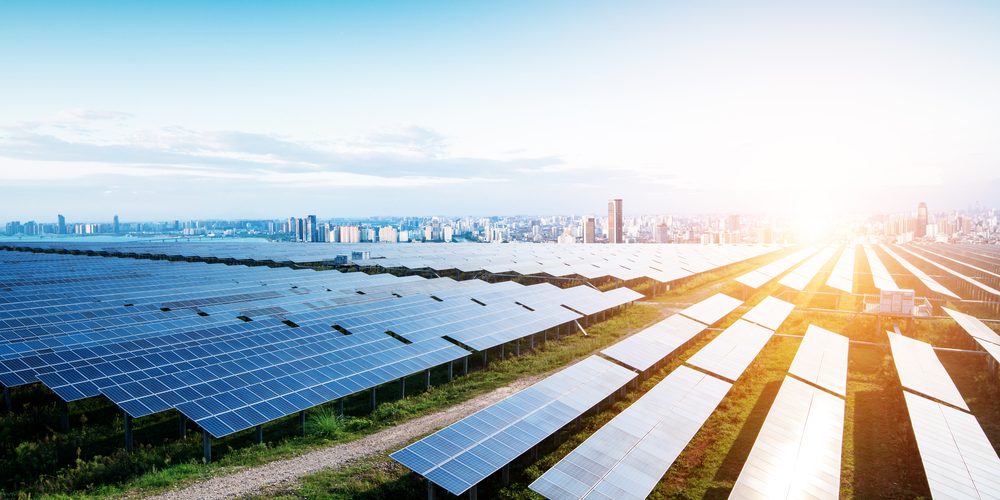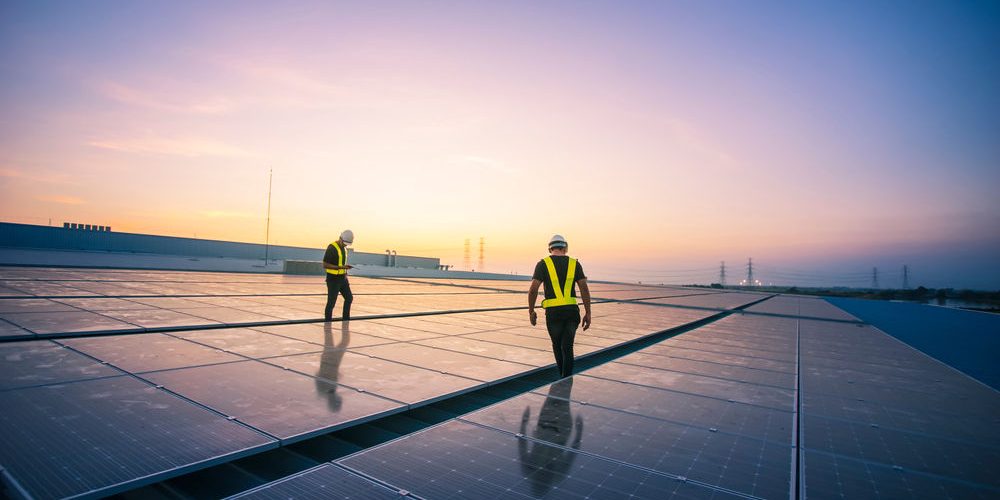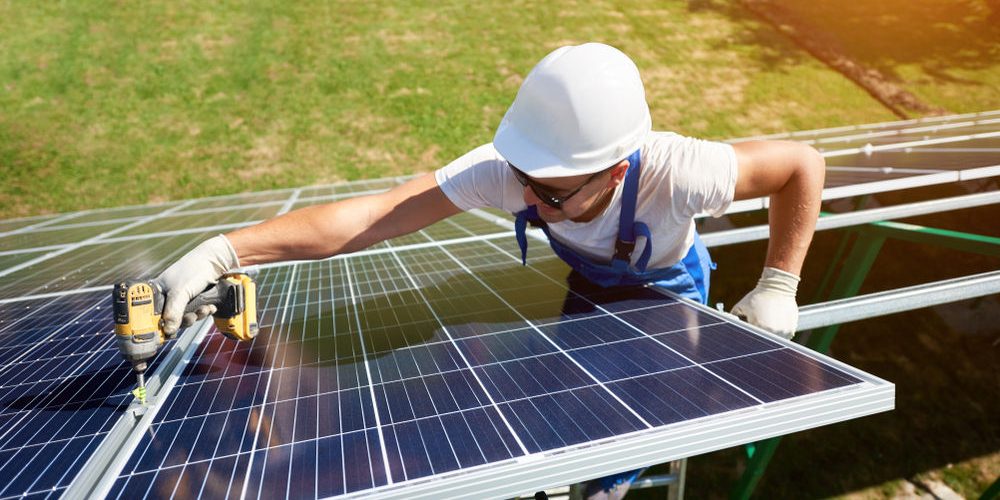As Pakistan embraces solar energy at a record pace, many households and businesses are installing solar panels to cut energy costs. However, a critical safety issue is being ignored by far too many installers: inadequate or shallow earthing systems. If your solar installer hasn’t mentioned deep earthing bores—sometimes up to 70–80 feet—to achieve proper safety, your system may be exposed to serious risks. ⚡ What is Earthing and Why Does It Matter? Earthing (or grounding) provides a safe path for excess or fault
Perovskites are the great hope for further increasing the efficiency of solar modules in the future. Until now, their short service life has been considered the biggest hurdle to their practical use, but this could soon change. In the current issue of the journal Nature Energy, researchers from the Helmholtz Institute Erlangen-Nuremberg of the Forschungszentrum Jülich have presented a variant that stands out for its special stability. In tests at elevated temperature and illumination over 1450 hours of operation, the perovskite-based
Researchers have developed a method to stabilise a promising material known as perovskite for cheap solar cells, without compromising its near-perfect performance. The researchers, from the University of Cambridge, used an organic molecule as a ‘template’ to guide perovskite films into the desired phase as they form. Their results are reported in the journal Science. Perovskite materials offer a cheaper alternative to silicon for producing optoelectronic devices such as solar cells and LEDs. There are many different perovskites, resulting from different combinations of elements,
In the ongoing race to develop ever-better materials and configurations for solar cells, there are many variables that can be adjusted to try to improve performance, including material type, thickness, and geometric arrangement. Developing new solar cells has generally been a tedious process of making small changes to one of these parameters at a time. While computational simulators have made it possible to evaluate such changes without having to actually build each new variation for testing, the process remains slow. Now,





